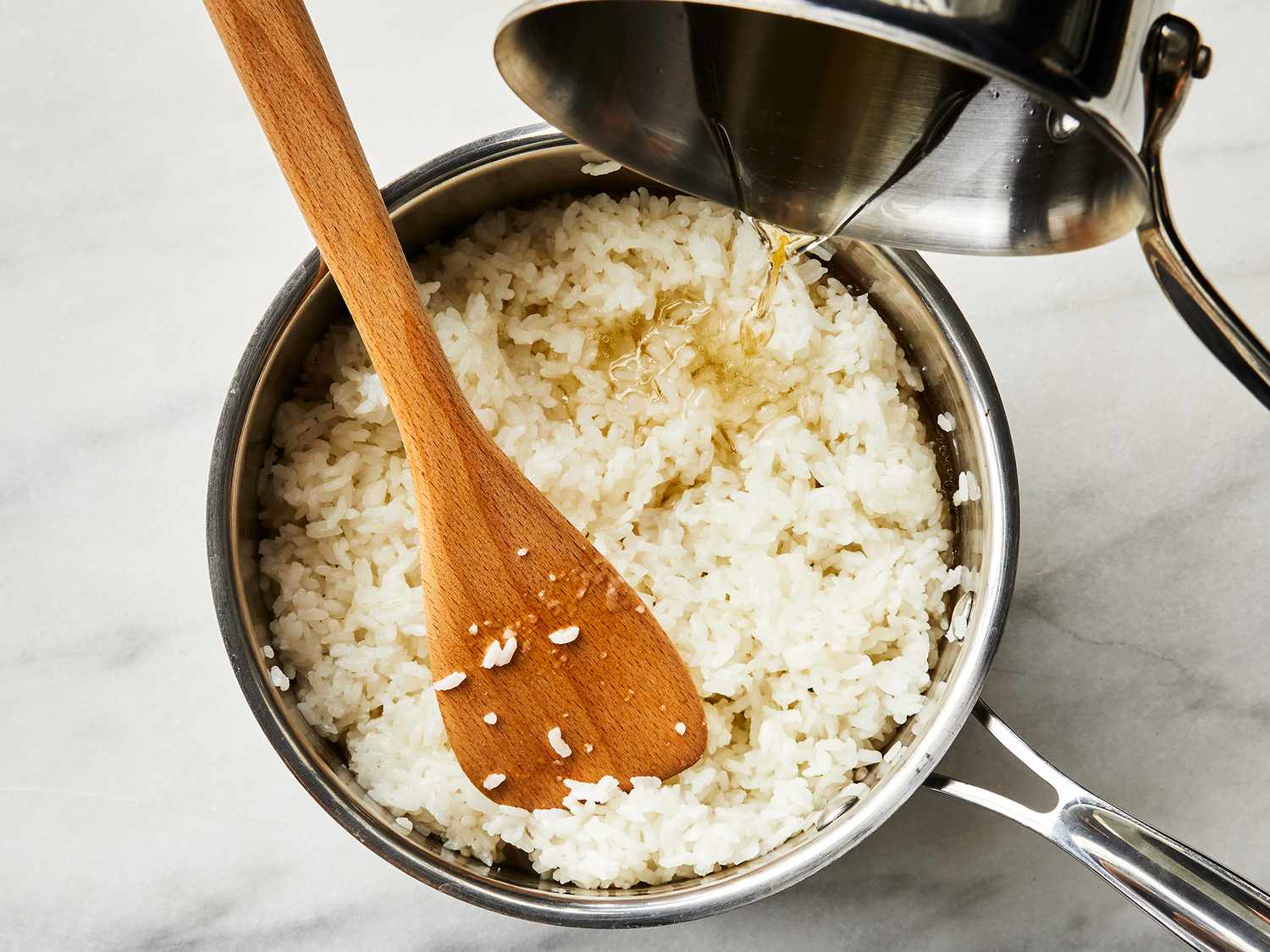

Articles
How To Store Cooked Sushi Rice
Modified: August 25, 2024
Learn the best methods for storing cooked sushi rice with our informative articles. Keep your rice fresh and delicious even after it's been prepared.
(Many of the links in this article redirect to a specific reviewed product. Your purchase of these products through affiliate links helps to generate commission for Storables.com, at no extra cost. Learn more)
Introduction
When it comes to enjoying delicious sushi, the rice is a crucial component that cannot be overlooked. The perfect sushi rice is sticky, flavorful, and has the right texture. To achieve this, it’s important to know how to store cooked sushi rice properly. Whether you’ve made a large batch for a party or have leftovers from your favorite sushi restaurant, storing cooked sushi rice correctly will ensure its freshness and taste.
Proper storage of cooked sushi rice not only maintains its quality but also helps prevent the growth of harmful bacteria. Sushi rice contains moisture, which creates an ideal environment for bacteria to thrive if not handled correctly. By following the right techniques, you can extend the shelf life of your cooked sushi rice and enjoy it at a later time without compromising its taste and safety.
In this article, we will walk you through a step-by-step guide on how to properly store cooked sushi rice. From refrigeration to freezing, we will cover all the necessary techniques to keep your rice fresh and delicious. We will also provide some handy tips and tricks that will help you make the most out of your cooked sushi rice.
So, let’s dive in and learn how to store cooked sushi rice to prolong its shelf life and savor its amazing flavors!
Key Takeaways:
- Properly storing cooked sushi rice is crucial for maintaining its freshness, flavor, and safety. Whether in the refrigerator or freezer, following the right techniques ensures a convenient supply for future sushi-making or meal prep.
- By mastering the art of storing cooked sushi rice, you can prolong its shelf life, save money, and ensure every sushi experience is as delightful as the first bite. Enjoy the convenience and satisfaction of having delicious sushi rice whenever you desire.
Read more: How To Store Leftover Sushi
Importance of Properly Storing Cooked Sushi Rice
Properly storing cooked sushi rice is of utmost importance to maintain its quality and ensure food safety. Here are a few reasons why it is crucial to handle cooked sushi rice with care:
- Freshness: Storing cooked sushi rice correctly allows it to retain its freshness. When sushi rice is exposed to air or not stored at the right temperature, it can quickly become dry and lose its desirable texture.
- Flavor: Cooked sushi rice is known for its distinctive flavor, which is a result of the rice vinegar and other seasonings. Improper storage can alter the taste of the rice, making it stale or sour.
- Safety: Cooked rice is a breeding ground for bacteria such as Bacillus cereus, which can lead to food poisoning if not handled properly. Proper storage techniques can prevent bacterial growth and ensure food safety.
- Cost-effectiveness: By storing cooked sushi rice properly, you can minimize waste and make the most out of your ingredients. This can help save you money in the long run by avoiding unnecessary food wastage.
- Convenience: Storing cooked sushi rice properly allows you to have a readily available ingredient for future sushi-making or meal prep. This can save you time and effort, especially if you enjoy making sushi at home regularly.
By understanding the importance of proper storage, you can ensure that your cooked sushi rice remains fresh, flavorful, safe to consume, and ready to use whenever you need it.
Step-by-Step Guide on How to Store Cooked Sushi Rice
Storing cooked sushi rice properly is not a difficult task, but it requires attention to detail to maintain its quality. Follow these step-by-step instructions to store your cooked sushi rice correctly:
- Cool the Rice: Once you have cooked the sushi rice, let it cool down to room temperature. This will prevent the rice from becoming too moist and sticky when stored.
- Divide the Rice: If you have a large batch of cooked sushi rice, divide it into smaller portions. This will make it easier to store and thaw only the amount you need in the future.
- Choose the Right Container: Select a container that is airtight and made of food-grade material to store your cooked sushi rice. Glass or plastic containers with tight-fitting lids are ideal for this purpose.
- Line the Container: To prevent the rice from sticking to the container, line it with a piece of plastic wrap or parchment paper.
- Transfer the Rice: Place the cooled sushi rice into the lined container. Use a spoon or spatula to gently press the rice down, ensuring there are no air pockets.
- Seal the Container: Make sure to seal the container tightly to prevent air from entering and drying out the rice. This will help maintain its freshness and texture.
- Label and Date: It’s important to label the container with the date of storage. This will help you keep track of the freshness of the cooked sushi rice and ensure that you use it within its recommended time frame.
- Store in the Refrigerator: Place the container of cooked sushi rice in the refrigerator. The ideal temperature for storing sushi rice is below 40°F (4°C).
Following these steps will help you store your cooked sushi rice properly, ensuring that it stays fresh and ready to use for your next sushi adventure or meal preparation.
Storing Cooked Sushi Rice in the Refrigerator
The refrigerator is an excellent option for storing cooked sushi rice, as it helps maintain its freshness and extends its shelf life. Here are the steps to store your cooked sushi rice in the refrigerator:
- Cool the Rice: Allow the cooked sushi rice to cool down to room temperature before refrigerating it. This ensures that the rice doesn’t retain excess moisture and maintains its desired texture.
- Transfer to a Container: Place the cooled sushi rice into an airtight container. Make sure the container is suitable for refrigerator storage and has a tight-fitting lid to keep out any odors.
- Seal the Container: Ensure that the container is sealed tightly to prevent air from entering. This helps preserve the freshness of the sushi rice and prevents it from drying out.
- Store in the Fridge: Place the container of sushi rice in the refrigerator, ideally in the main body of the fridge rather than the door. The temperature should be set below 40°F (4°C) to inhibit bacterial growth.
- Use within 2-3 Days: Cooked sushi rice stored in the refrigerator should be consumed within 2-3 days for optimal taste and safety. Beyond this timeframe, the rice may start to lose its flavor and texture.
- Reheating: When you’re ready to use the stored sushi rice, you can gently reheat it in the microwave or on the stovetop. Add a splash of water to the rice and cover it with a damp paper towel before reheating to help restore its moisture.
By following these steps, you can easily store your cooked sushi rice in the refrigerator and enjoy it within a few days while maintaining its quality and flavor.
Packaging Cooked Sushi Rice for Freezing
Freezing cooked sushi rice is a great option if you want to store it for a longer period. Proper packaging is crucial to maintain its texture and flavor. Here’s how you can package cooked sushi rice for freezing:
- Cool the Rice: Allow the cooked sushi rice to cool down completely before proceeding with the packaging. This prevents condensation and ice crystals from forming during the freezing process.
- Divide into Portions: Divide the sushi rice into individual portions based on your needs. This makes it easier to thaw and use the desired amount without having to defrost the entire batch.
- Wrap in Plastic Wrap: Take each portion of sushi rice and wrap it tightly in plastic wrap. Ensure that there are no exposed areas to prevent freezer burn and maintain the rice’s quality.
- Place in Freezer Bags: Place the wrapped portions of sushi rice into freezer-safe bags. Press out any excess air from the bags before sealing them tightly. This helps prevent freezer burn and keeps the rice fresh.
- Label and Date: Don’t forget to label the freezer bags with the contents and date of freezing. This helps you keep track of the sushi rice and ensures you use it within recommended timeframes.
- Flatten the Bags: Flatten the freezer bags to create a more compact shape. This allows for easier storage and quicker thawing when you’re ready to use the sushi rice.
- Store in the Freezer: Place the freezer bags of sushi rice in the coldest part of the freezer. To maintain the rice’s quality, ensure that the temperature is set to 0°F (-18°C) or below.
- Use within 2-3 Months: Cooked sushi rice stored in the freezer can typically be used within 2-3 months. While it can be stored for longer, the quality may gradually decline over time.
By following these packaging steps, you can safely freeze cooked sushi rice and have a convenient supply ready whenever you crave sushi or need rice for other dishes.
After cooking sushi rice, let it cool to room temperature before storing it in an airtight container. Keep it in the refrigerator for up to 3 days for best quality.
Read more: How To Store Sushi Overnight
Storing Cooked Sushi Rice in the Freezer
Freezing cooked sushi rice is an effective way to prolong its shelf life and have it readily available when needed. Here are the steps to store cooked sushi rice in the freezer:
- Cool the Rice: Allow the cooked sushi rice to cool down completely before freezing it. This helps prevent any moisture from forming ice crystals, which can affect the texture of the rice.
- Portion the Rice: Divide the sushi rice into individual portions based on your serving needs. This allows for easy retrieval of the desired amount without having to defrost the entire batch.
- Wrap in Freezer-Safe Bags: Place each portion of sushi rice in a freezer-safe bag or container. Squeeze out as much air as possible from the bag before sealing to minimize the risk of freezer burn.
- Label and Date: Label each bag with the contents and the date of freezing. This will help you track the storage time and ensure you use the sushi rice within the recommended timeframe.
- Place in the Freezer: Store the sealed bags of sushi rice in the freezer. It is advisable to place them in a single layer initially to allow for quicker freezing.
- Reorganize for Long-term Storage: Once the sushi rice is frozen solid, you can reorganize the bags to save space. Stack them neatly or place them upright for more efficient freezer storage.
- Use within 3-6 Months: Cooked sushi rice stored in the freezer can maintain its quality for 3-6 months. While it can be kept frozen for longer, it may start to lose texture and flavor over time.
- Thawing and Reheating: When you’re ready to use the frozen sushi rice, thaw it in the refrigerator overnight or use the defrost function on your microwave. Afterwards, gently reheat it in the microwave or on the stovetop, adding a splash of water to restore moisture.
By following these steps, you can properly store cooked sushi rice in the freezer, ensuring its long-term quality and having a convenient supply to satisfy your sushi cravings.
Thawing and Reheating Cooked Sushi Rice
Thawing and reheating frozen cooked sushi rice requires careful handling to preserve its texture and flavor. Here’s the process to follow:
- Thaw in the Refrigerator: Transfer the desired amount of frozen sushi rice from the freezer to the refrigerator. Allow it to thaw slowly in the refrigerator overnight or for several hours. Thawing in the refrigerator helps maintain the rice’s moisture and quality.
- Use the Defrost Function (Optional): If you need to speed up the thawing process, you can use the defrost function on your microwave. However, be cautious not to overcook or heat the rice too much, as it can become mushy.
- Gently Reheat: Once the sushi rice is thawed, it’s time to gently reheat it. You can use either a microwave or stovetop method.
- Microwave: Place the thawed sushi rice in a microwave-safe bowl. Add a splash of water to restore moisture. Cover the bowl with a microwave-safe lid or microwave-safe plastic wrap, leaving a vent for steam to escape. Heat the rice on low power or using the rice/sushi setting to prevent overheating. Stir the rice occasionally to distribute the heat evenly. Avoid excessive heating to prevent the rice from becoming mushy.
- Stovetop: Transfer the thawed sushi rice to a non-stick pan or skillet. Add a splash of water to prevent sticking and improve moisture. Stir the rice gently over low to medium heat until it is heated through. Avoid excessive stirring to maintain the rice’s integrity.
- Serve and Enjoy: Once the cooked sushi rice is reheated, you can use it for various sushi preparations or enjoy it as a side dish. Remember to handle the rice gently to avoid breaking the grains and compromising its texture.
By following these steps, you can safely thaw and reheat frozen cooked sushi rice, ensuring it retains its delicious taste and desirable texture.
Tips and Tricks for Storing Cooked Sushi Rice
To make the most out of your cooked sushi rice storage, here are some helpful tips and tricks:
- Use High-Quality Rice: Start with high-quality short-grain rice specifically for sushi to ensure the best texture and flavor.
- Don’t Overcook: Cook the sushi rice until it is slightly firm and not overly sticky. Overcooked rice can become mushy when stored.
- Avoid Moisture Build-up: Allow the cooked sushi rice to cool completely before storing it. Excess moisture can lead to a change in texture and flavor.
- Divide into Portions: Divide the cooked sushi rice into individual portions before storing to make it easier to thaw and use only the desired amount.
- Invest in Quality Containers: Use airtight, freezer-safe containers or bags to store the sushi rice. Quality containers help maintain freshness and prevent freezer burn.
- Remove Excess Air: When packaging sushi rice for the freezer, squeeze out as much air as possible from the bags or containers to prevent freezer burn.
- Label and Date: Always label the containers or bags with the date of storage to keep track of freshness and ensure timely consumption.
- Follow Recommended Storage Times: Consume refrigerated cooked sushi rice within 2-3 days and frozen rice within 3-6 months for the best quality.
- Reheat Gently: When reheating sushi rice, do so gently to avoid altering the texture. Add a splash of water and heat on low power or over low to medium heat.
- Avoid Repeated Freezing and Thawing: To maintain the best quality and minimize moisture loss, try not to refreeze previously frozen sushi rice.
- Use Leftover Rice Creatively: If you have leftover sushi rice that you won’t consume in its traditional form, consider using it for rice bowls, sushi rolls, or fried rice to reduce waste.
These tips and tricks will help you store cooked sushi rice effectively, maintain its quality, and ensure a great sushi experience in the future.
Conclusion
Knowing how to properly store cooked sushi rice is essential for preserving its quality, flavor, and safety. By following the guidelines outlined in this article, you can ensure that your cooked sushi rice remains fresh, delicious, and ready to use whenever you crave sushi or need it for other dishes.
Whether you choose to store your cooked sushi rice in the refrigerator or freezer, the key is to cool it down completely before packaging it in airtight containers or bags. Properly labeled and dated, these containers can help maintain the rice’s texture, flavor, and safety.
When you’re ready to enjoy your stored sushi rice, ensure a gentle thawing process for frozen rice and a careful reheating process to preserve its desired texture and taste. With these steps, you can continue to savor the joy of sushi-making and have a convenient supply of cooked sushi rice at hand.
Remember to keep track of storage times and consume stored sushi rice within recommended periods to maintain its quality. Additionally, take advantage of the versatility of leftover sushi rice by utilizing it creatively in rice bowls, sushi rolls, or fried rice, reducing food waste while enjoying delicious meals.
By mastering the art of storing cooked sushi rice properly, you can prolong its shelf life, save money, and ensure that every sushi experience is as delightful as the first bite. So, go ahead and give these storage techniques a try, and enjoy the convenience and satisfaction of having delicious sushi rice whenever you desire.
Frequently Asked Questions about How To Store Cooked Sushi Rice
Was this page helpful?
At Storables.com, we guarantee accurate and reliable information. Our content, validated by Expert Board Contributors, is crafted following stringent Editorial Policies. We're committed to providing you with well-researched, expert-backed insights for all your informational needs.

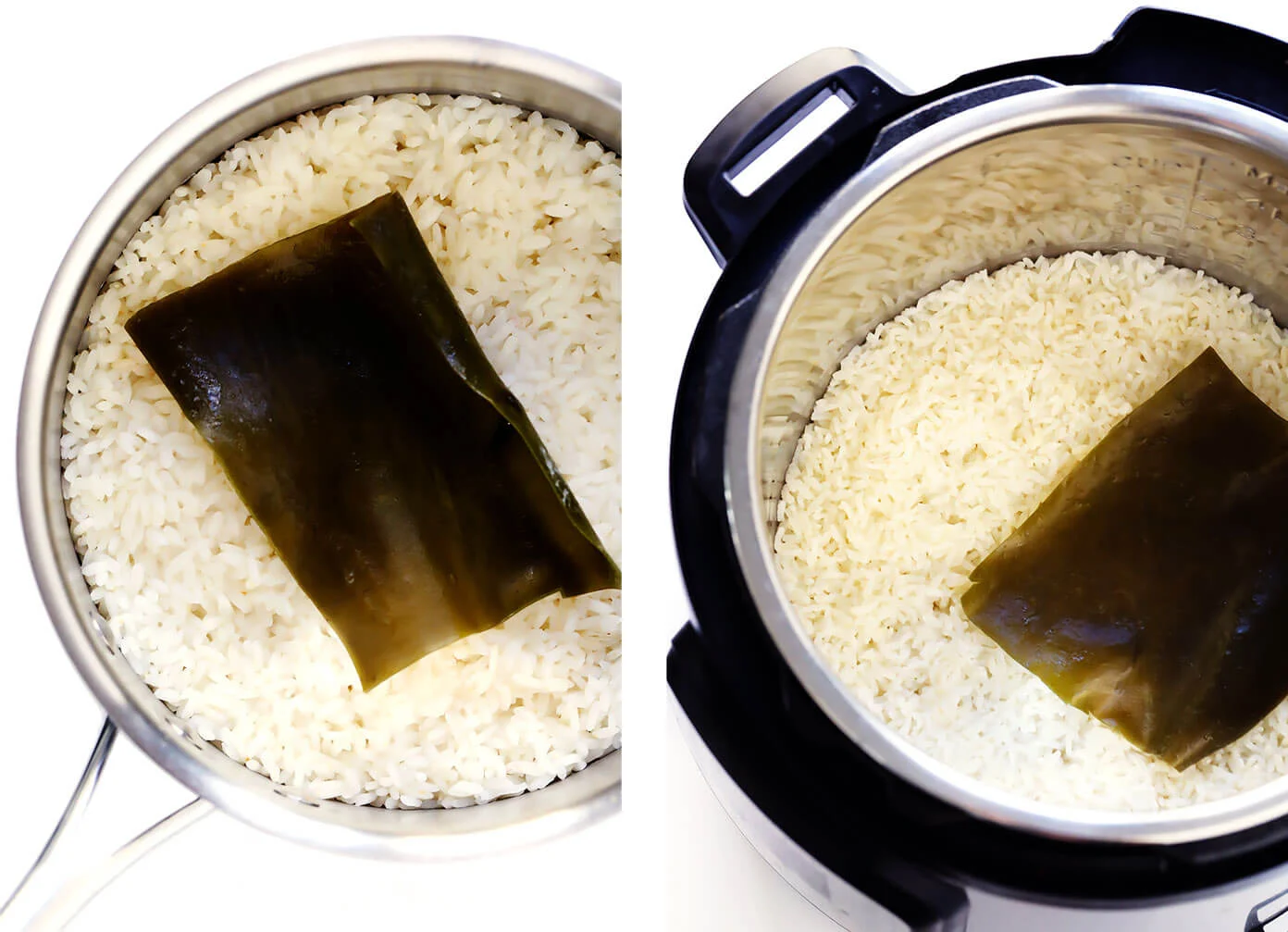

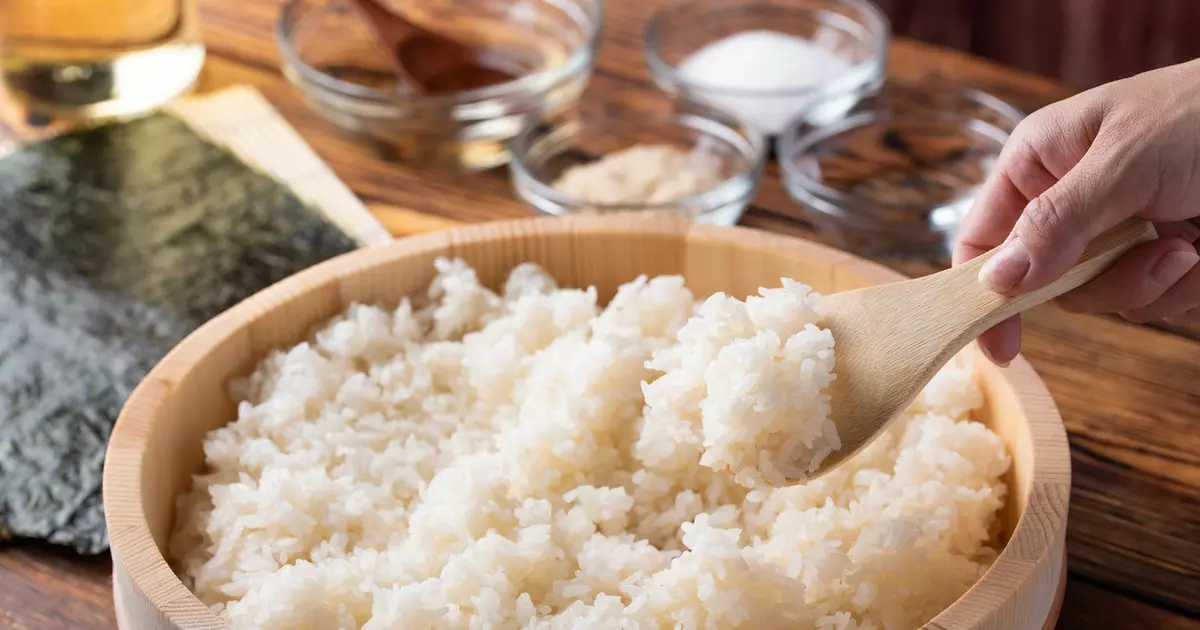
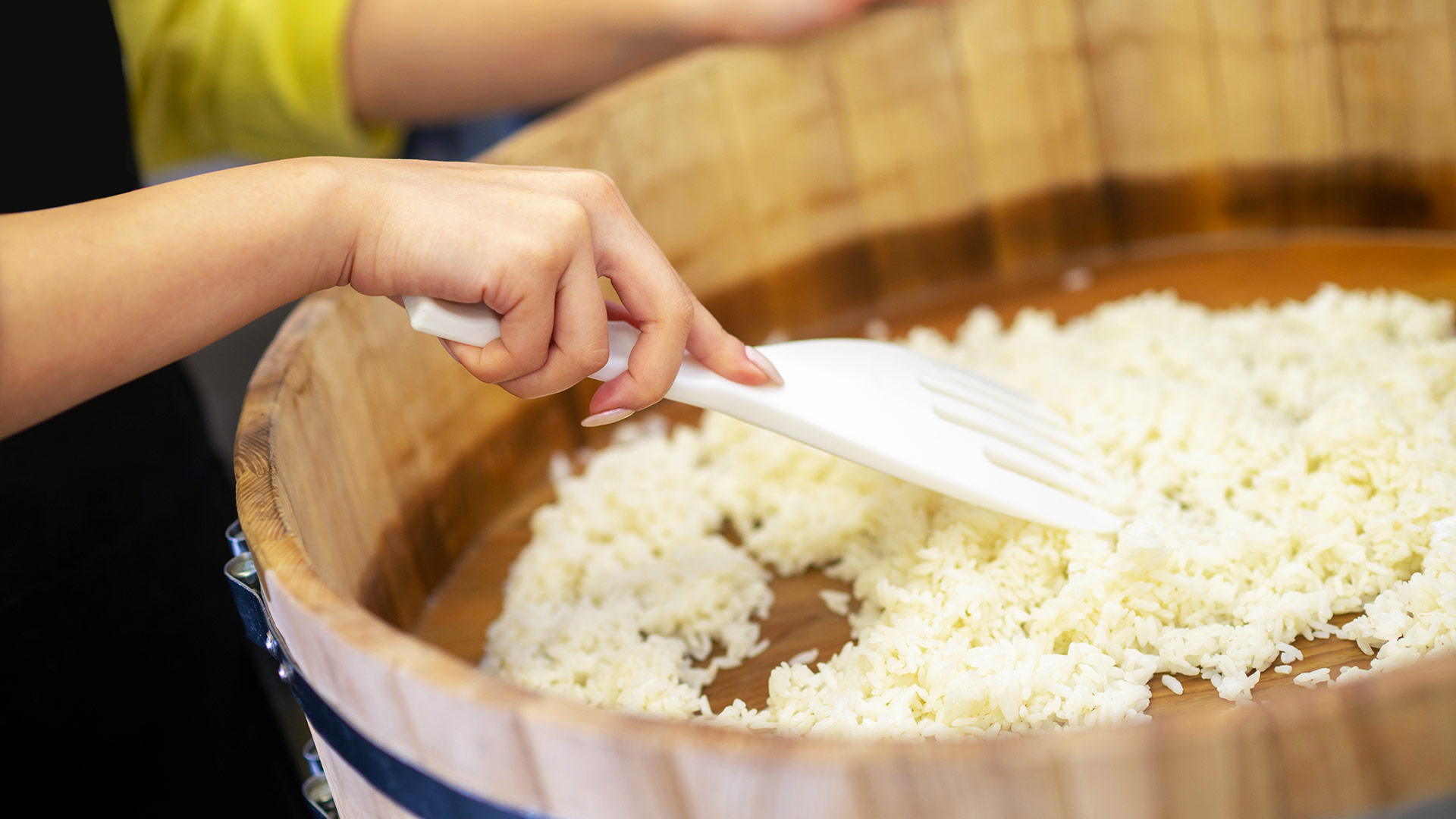
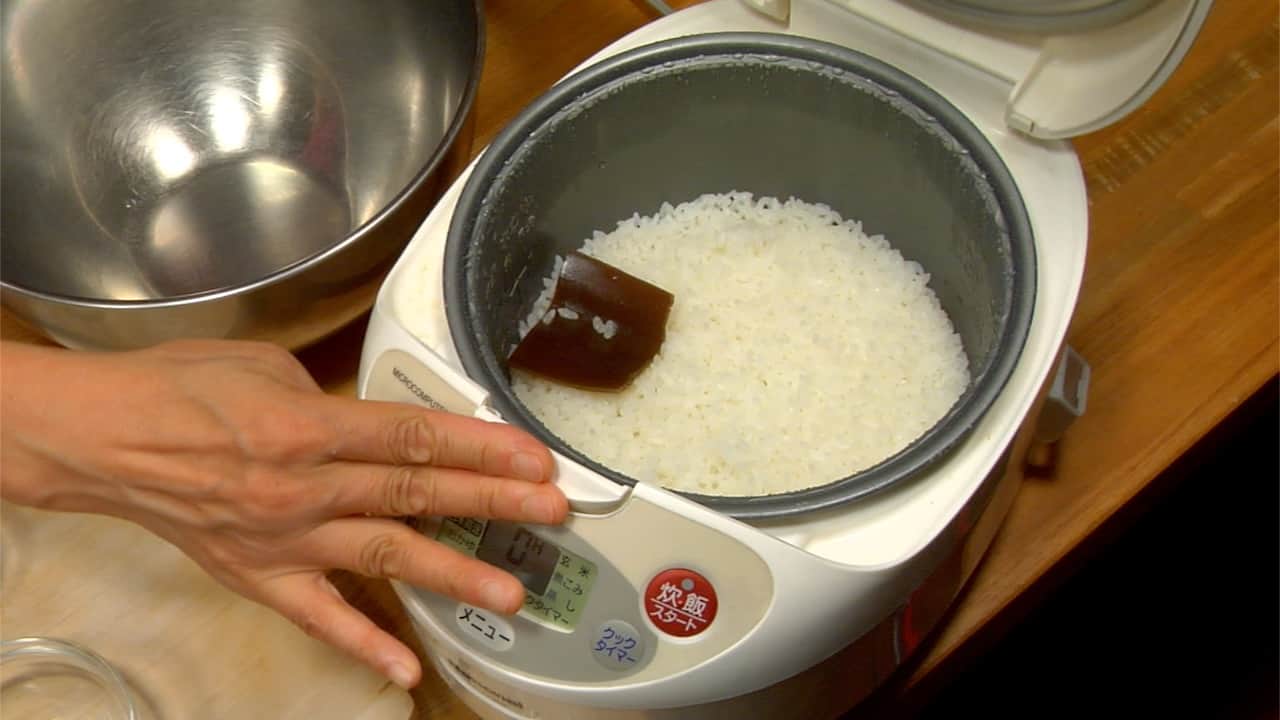
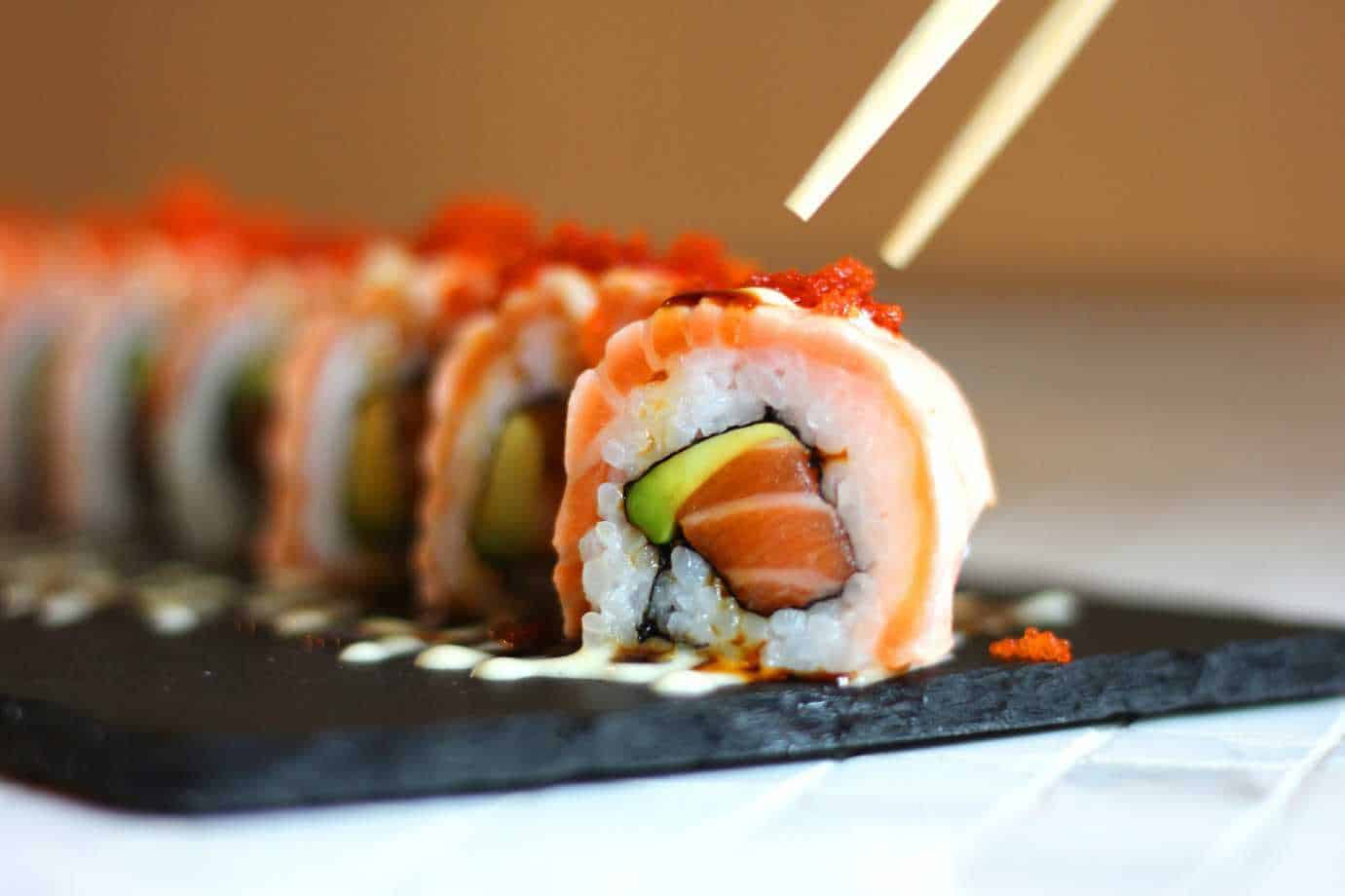
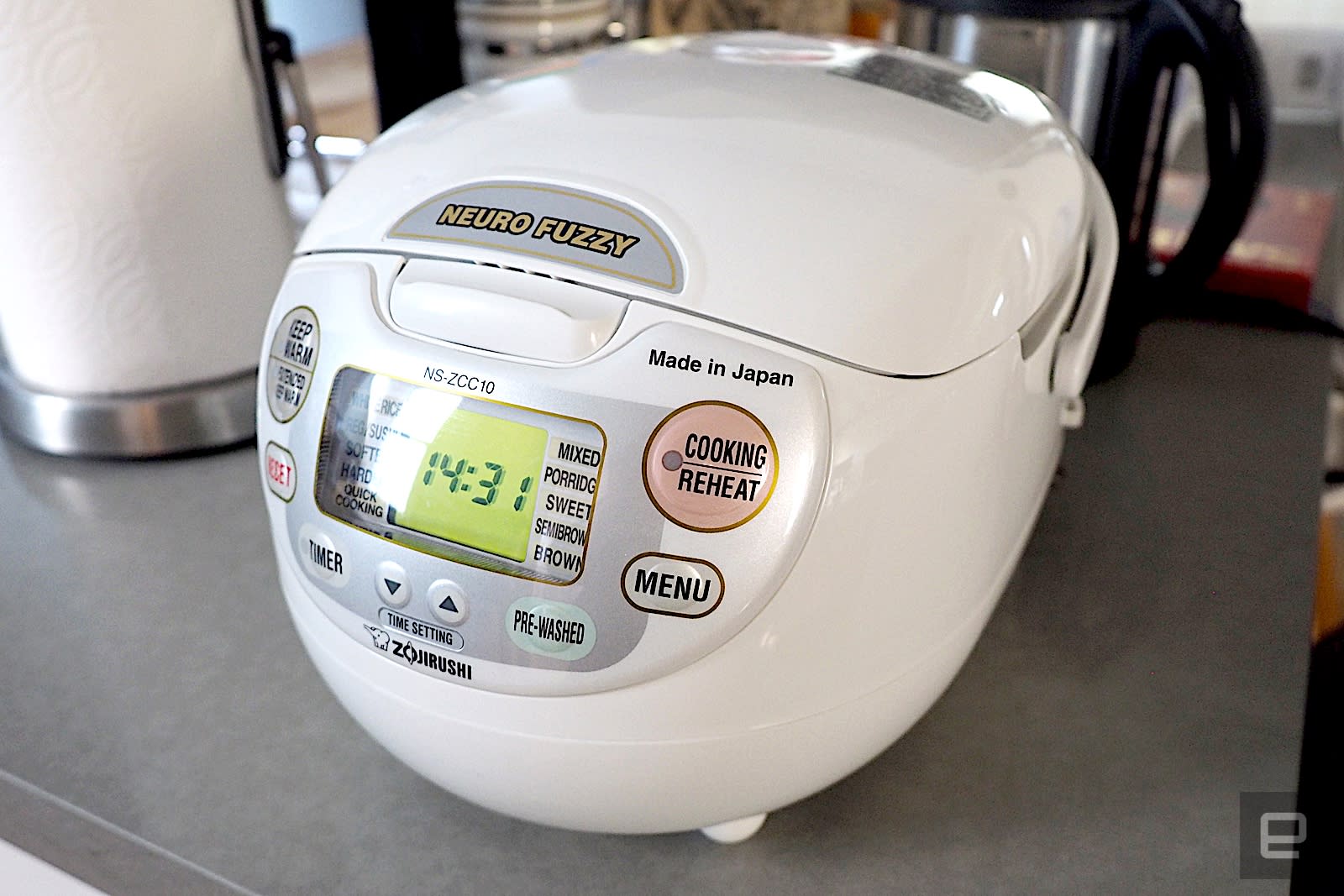

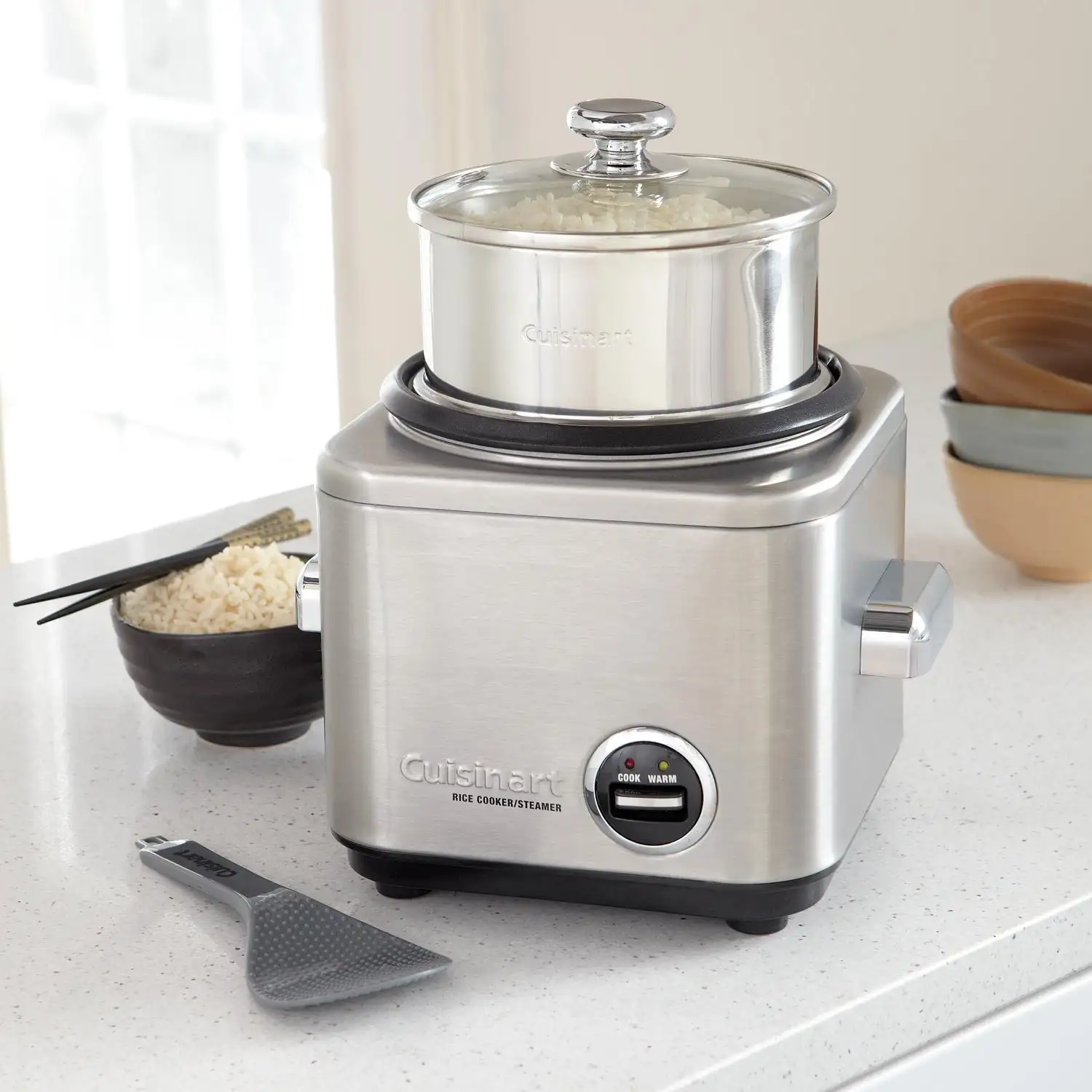
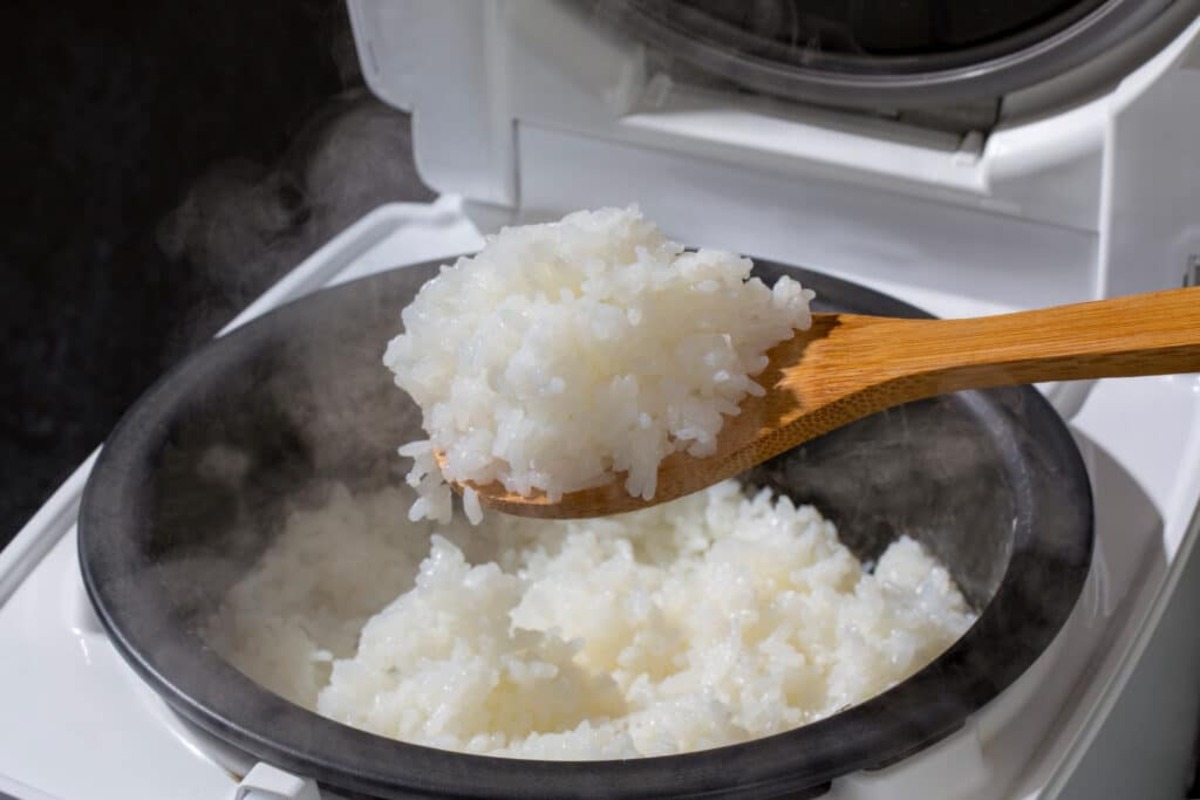

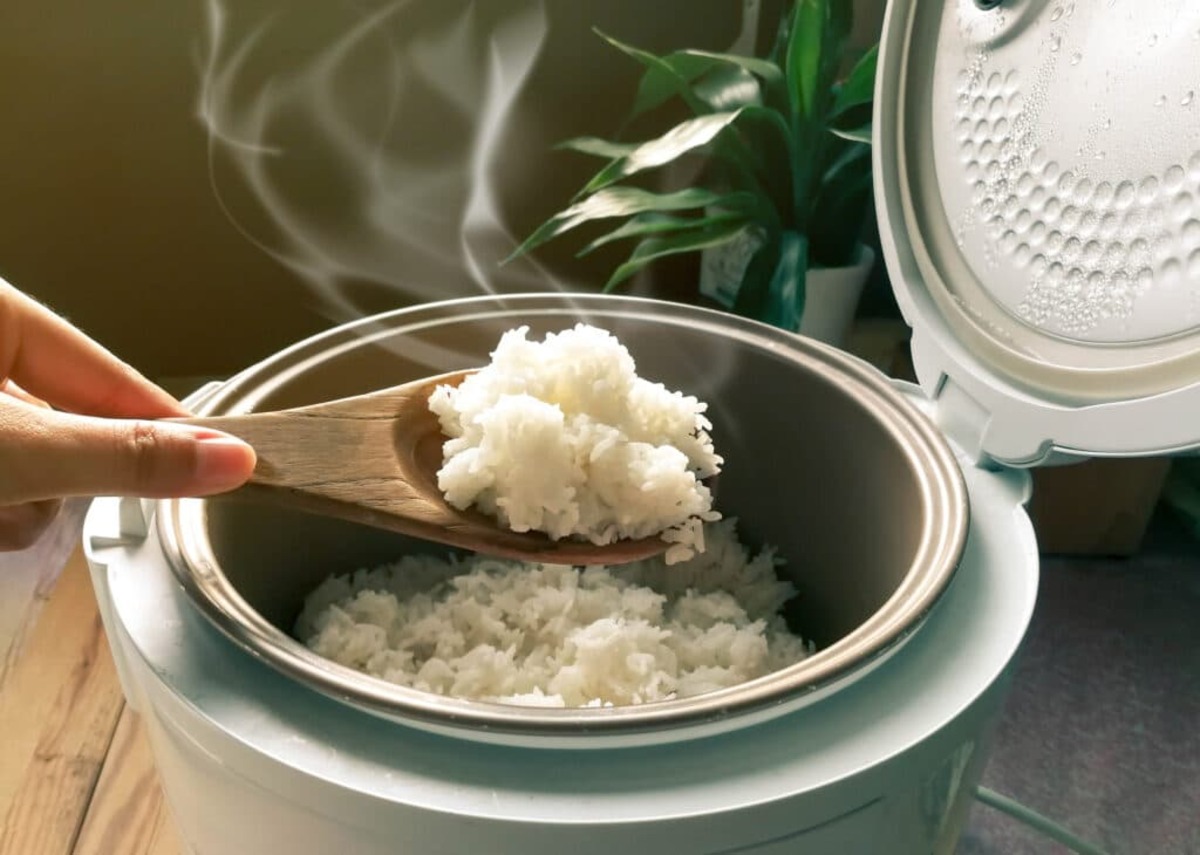
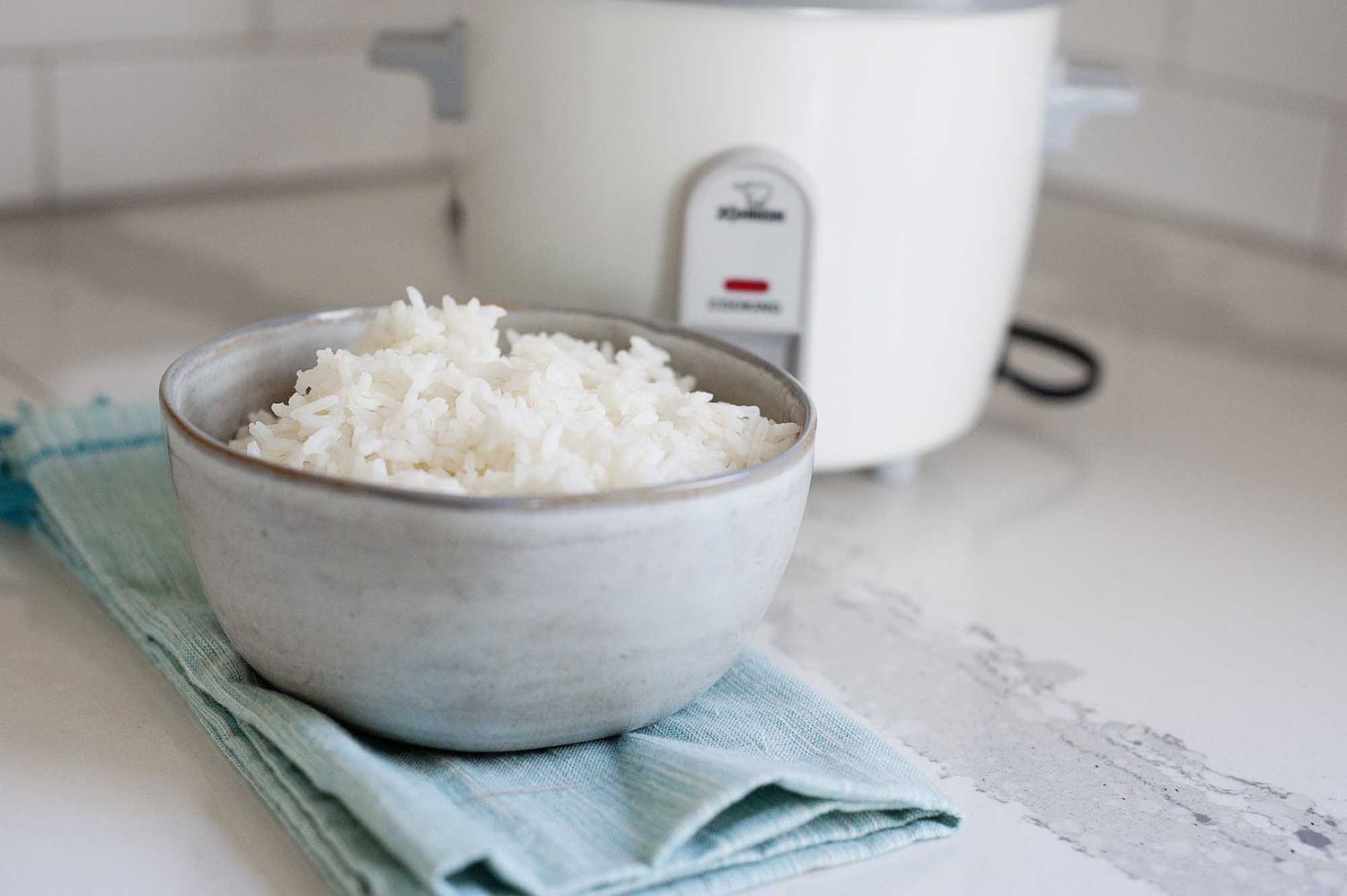

0 thoughts on “How To Store Cooked Sushi Rice”